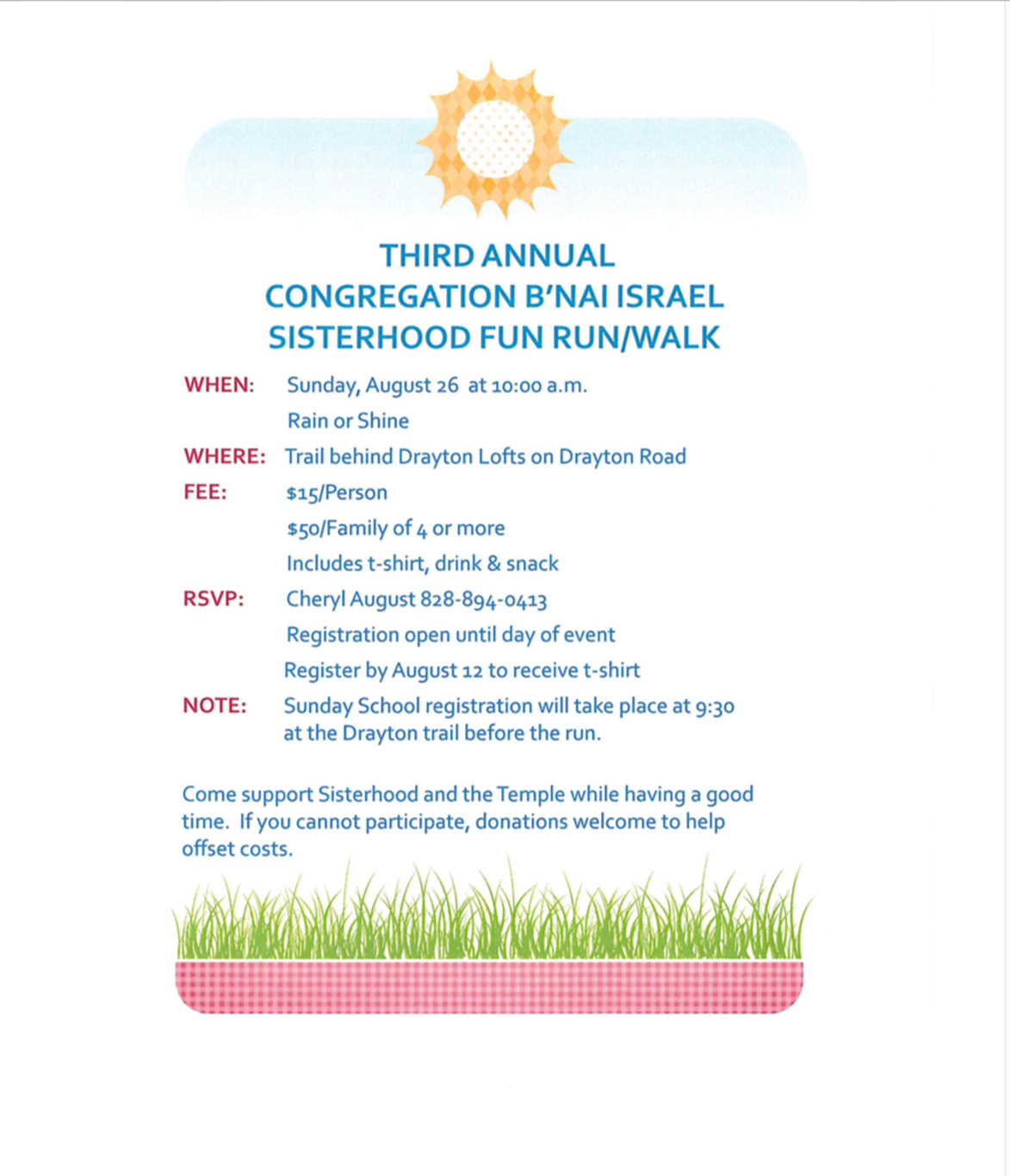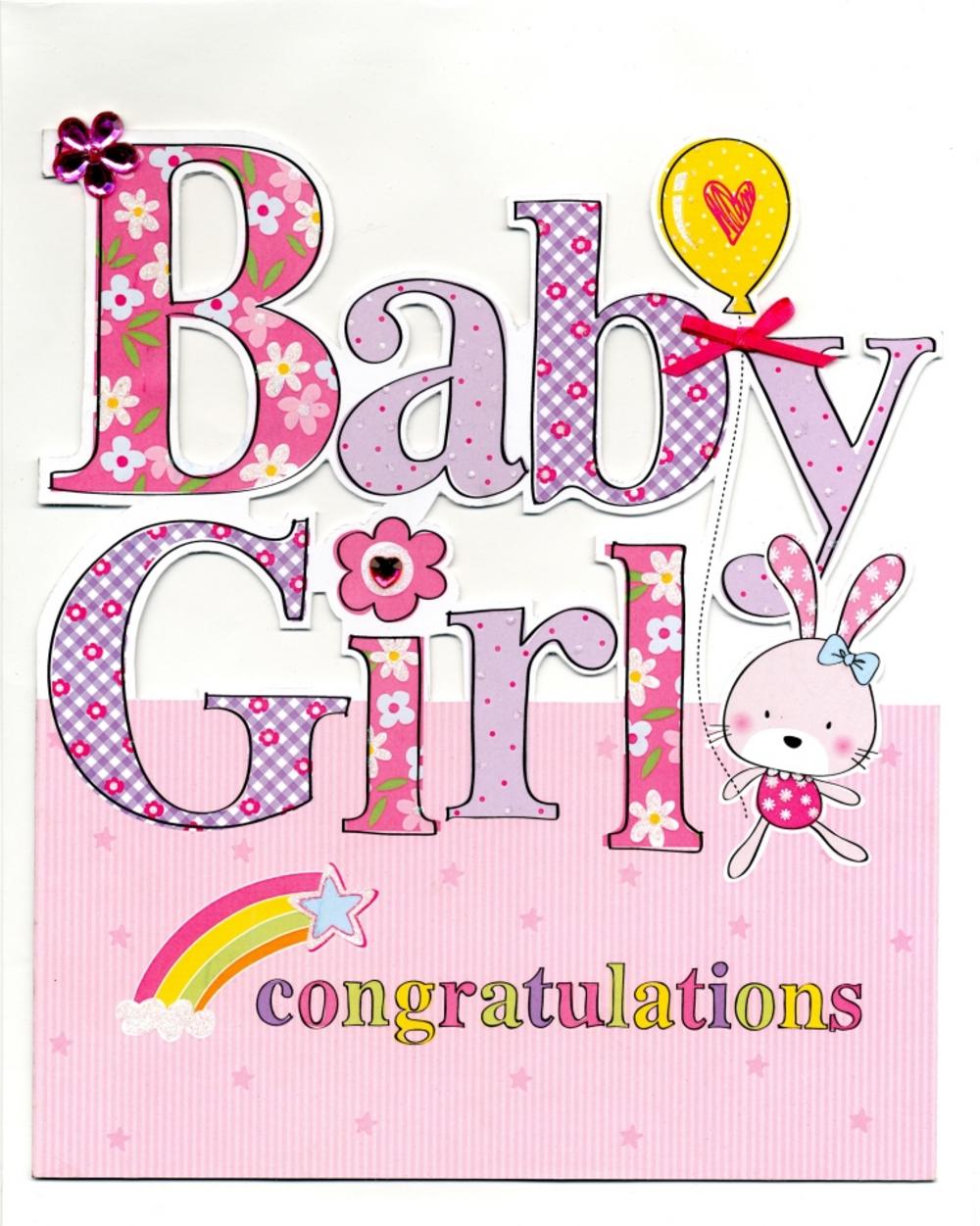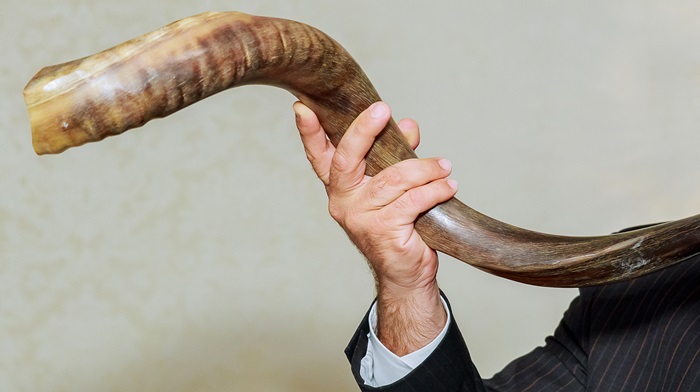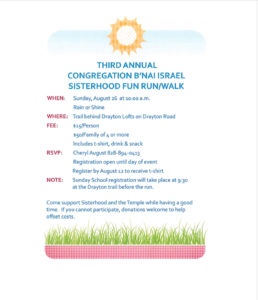
August 2018

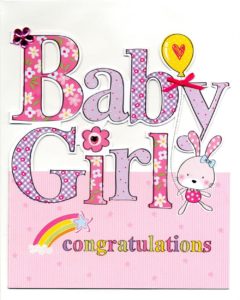

Selichot: A Spiritual Warm-Up for the High Holy Days
My first experience with Selichot occurred during my first year of rabbinical school in Israel.
In the wee hours of the morning, we boarded a bus to a Sephardi synagogue in Jerusalem. The service, in the Sephardi custom, was held before sunrise. Forced to take anti-nausea medication before the bus ride, I remember little of that service, except for the warm, spiced tea that was shared with us during the service. Ever since, though, I have had a fondness for Selichot.
There are a variety of points during the summer that could mark the coming of the High Holidays – Shabbat Nachamu after Tishah b’Av, the full moon of Tu b’Av (a minor Jewish holiday that celebrates love, observed primarily in Israel), the beginning of the Hebrew month of Elul – but it is Selichot, more than any other moment in our calendar, that tells me the High Holidays are near.
Typically, Selichot occurs at the close of Shabbat just prior to Rosh HaShanah, but when Rosh HaShanah occurs within close proximity to the Shabbat that precedes it, as it does this year, Selichot is observed a week early.
It seems to me that this adjustment in the timing of Selichot tells us something of its importance. The word “s’lichot” means “forgiveness” or “pardon.” We know it from modern Hebrew in Israel, where s’lichah means, “Excuse me,” (or sometimes, “Out of my way!”). In the context of the High Holidays and the lead-up to them, S’lichot are prayers asking for pardon from God. They first appear at Selichotat the close of Shabbat before Rosh HaShanah, but the S’lichot prayers appear throughout Rosh HaShanah and Yom Kippur and even into the remaining fall holidays of Sukkot and Simchat Torah.
The presence of these prayers before, during, and after the High Holidays are a reminder that the path to forgiveness extends beyond the High Holidays themselves. We are encouraged to begin early, work earnestly, and take a little extra time, if we need it, to remedy whatever went wrong in the year that has drawn to a close.
For me, the key to Selichot is the early start it offers.
In reality, each and every day, no matter the time of year, is the right time to seek forgiveness, but Selichot encourages us to jumpstart our cheshbon hanefesh (the accounting of our souls) that the High Holidays demand of us. Regarding this early start, Reb Zalman Schachter-Shalomi, in Michael Strassfeld’s The Jewish Holidays: A Guide and Commentary, shares this teaching:
Rabbi Shneur Zalman of Liadi said that during Elul the thirteen midot—attributes of mercy—are shining. While this is also true on Yom Kippur, the difference is that during Elul the King is on the road; therefore, you are more comfortable addressing the King if He stops at your house. By Yom Kippur, the King has returned to His palace, and even though the thirteen attributes of mercy are still shining, you feel intimidated in approaching the palace without even knowing how to get past the palace guards.
For many of us, myself included, the spiritual work of the High Holidays can be overwhelming. I often find myself caught off-guard by the liturgy, wondering if I can be better in the year that comes. Selichotoffers us the opportunity to prime the pump, to get our t’shuvah juices flowing before the big day.
I know that’s what I’ll be doing this Selichot; perhaps, you will, too.

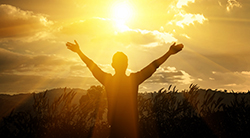
Interfaith Alliance Discussion, August 15th
Along with the Spartanburg Interfaith Alliance, the Rabbi is chairing a panelist discussion, The Evolution of Faith Traditions: Tensions and Opportunities, on Wednesday, August 15. This will take place at 12:00 pm, and lunch will be serviced here at the Temple. Members are welcome to attend, but please RSVP as soon as possible so that we may have enough food for everyone.
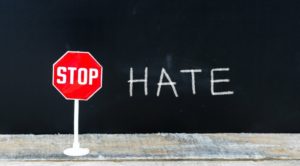
A Year Later, Charlottesville’s Lasting Impact on American Jewry

One year ago this week, a group of Nazis marched through Charlottesville Virginia. (You may call them “white nationalists,” “white supremacists,” “alt-right,” or what-have-you, but “Nazis” works for me.) They followed another group of Nazis and a march of KKK members who were attempting to reclaim the small college town for white racists, targeting Jews, African Americans, and other minorities with signs, lit torches, violence, and, ultimately, a tragic death that occurred when one of them killed a protester with his car.
One year later, chants of “You will not replace us!” and “Jews will not replace us!” still ring in the ears of a town that has struggled mightily to overcome the associations the word “Charlottesville” now evokes.
A year ago, reflecting on all this, I urged people to consider the fact that this could have happened in their own towns – and might still happen there. I wrote that it could well be the start of something profoundly worrying for American Jews.
I was wrong on several fronts.
Post-Charlottesville, we haven’t seen mass rallies by armed anti-Semites and racists in small towns around the country. Follow-up events in other cities have been regulated to avoid the carrying of weapons or lit torches, and various lawsuits aimed at the organizers of Charlottesville’s Unite the Right rally have been successful insofar as we’ve seen a raft of guilty pleas, consent decrees, and other legal bulwarks against a repeat performance of Charlottesville in other cities. (That said, there are still rumors of events in Charlottesville itself to commemorate the anniversary of last year’s atrocity).
And Charlottesville itself is still in pain, working through city government and police reform issues that lay bare the structural problems that long predated August of 2018. And plans to replicate the August 12 rally with an event opposite the White House this year are on track, an event for which a permit has been granted, as of this writing.
Maybe that’s the best metaphor for the anniversary of one of the most frightening acts of anti-Semitism of 2017: After the President declared that there were “very fine people” on both sides – a claim he continued to make long after a massive backlash ensued – white supremacists and anti-Semites were emboldened to consider themselves supported by the White House, where they will gather this year.
An uptick in Anti-Semitism was the inevitable byproduct. White supremacists continue to crow that their numbers have ballooned under Trump, and attacks on Jews, synagogues, and people of colorcontinue to rise. But because Charlottesville increasingly looks like rock-bottom – the one-off Kristallnacht never to be repeated – it’s created a paradoxically new paradigm: Any act of anti-Semitism that doesn’t involve flaming torches, Nazi salutes, and physical violence starts to look benign by comparison. I mean hey, at least it’s not Charlottesville….
After Charlottesville, the question we obsessively asked was whether such marches and violence would become the new normal. It is heartening to see that, despite the failure of the president to deplore and decry armed white nationalist rallies in unequivocal terms, a rash of copycat rallies have not been planned, and that, as a result of the Charlottesville event, its organizers and participants have lost jobs, prestige, and military positions; entire organizations have been disbanded. In the grandest scheme of things, the scorecard pretty much nets out to Nazis: 0, Democracy:1.
Still, to conclude that Charlottesville is behind us is to elide the ways in which “Charlottesville” has become a word that signifies moral mushiness, “both sides” equivocation, and victim-blaming – and each of those phenomena remains in full flower today. Jews may be able to breathe more easily about attacks on our places of worship, but we have, all of us, internalized the new normal that comes in its wake: the presence of armed guards, and email threats to our children in Jewish preschools, and the newfound fear of walking around in America as a Jew. The fact that this isn’t a causore of daily horror and consternation shows how very far we have all traveled in a year.
A year later, I find that I still cannot get through a panel discussion about the events of August 12 without tearing up.
A year later, my two teenage sons still talk about Charlottesville with complicated feelings that I cannot, even as an adult, quite yet manage.
A year later, the anti-Semitic tweets and death threats directed at Jewish public figures I know are more graphic, explicit, and harrowing than ever.
One continues to hope that Charlottesville – with its grieving town, its brave citizens, and its bone-deep efforts to contend with racism and rage – will never happen again, anywhere. But I continue to believe that what Charlottesville revealed, what it refracted and allowed, plays out daily under the surface of American life, and that it no longer shocks us as it ought to.
American Jewry is safe from actual attack, yes, but the Nazi chant of “You will not replace us” lives on in ongoing immigration policy, in public discourse, and in international movements. That has never been a story that redounds to the benefit of the Jews. Charlottesville is mostly a distant memory of how bad it could get – but the currents that caused it to happen are more robust than ever.
And We Begin our Preparation for the High Holidays
ROSH HASHANAH is the Jewish New Year marking the anniversary of the creation of the world. Rosh Hashanah is also called the Day of Judgment. God is said to inscribe the fate of every person for the upcom- ing year in the Book of Life. Rosh Hashanah marks the beginning of the Ten Days of Awe, during which time Jews seek forgiveness for their transgressions.
TESHUVAh – The Hebrew word for “sin” is “chet,” derived from an old archery term used when an arch- er “misses the mark.” Teshuva is the process by which Jews atone throughout the Ten Days of Awe.
MITZVAH OF THE SHOFAR – The essential mitzvah (commandment) of Rosh Hashanah is to hear the sounding of the shofar.
APPLES AND HONEY- There is many Rosh Hashanah food customs but the most common is the dipping of apples into honey to signify our wishes for a sweet new year. A special round loaf of challah symbolizes the cycle of time.
“L’SHANA TOVAH” -The traditional Rosh Hashanah greeting appropriate for Jewish friends on Rosh Hashanah is “L’Shana Tovah” or simply “Shana Tovah” which loosely translates as “Happy New Year or “L’Shana Tovah u’Metukah,” wishing someone a “good and sweet year.”
TASHLICH – On Rosh Hashanah, many Jews may follow a custom called Tashlich (“casting off”) symboli- cally cast off their sins into the water by throwing pieces of bread into the stream.
YOM KIPPUR – DAY OF ATONEMENT was instituted long ago Leviticus 23: And the Eternal spoke unto Moses, saying: “Howbeit on the tenth day of this seventh month is the Day of Atonement; there shall be a holy convocation unto you, and ye shall afflict your souls; and ye shall bring an offering made by fire unto the Eternal. ……to make atonement for you before the Eternal your God.” It is our last chance to change God’s judgment of one’s deeds in the previous year who decides our fate in the coming year. In the Bible, Yom Kippur is called Shabbat Shabbaton, “Sabbath of Sabbaths. “Abstention from work and solemnity characterize the Sabbath as most complete.
In the days of the Temple in Jerusalem, the high priest conducted an elaborate sacrificial ceremony on Yom Kippur. Clothed in white linen, he successively confessed his own sins, the sins of priest, and the sins of the people, and then entered the Holy of Holies in the Temple to sprinkle the blood of the sacrifice and offer in- cense. The priest then sent a goat (the “scapegoat”) into the wilderness, where it was driven to its death, to symbolically carry away the sins of Israel.
OBSERVANCES OF YOM KIPPUR – On the eve of Yom Kippur, the Kol Nidre is recited. The Kol Nidre (“all vows”) annuls all vows made throughout the year. But the Kol Nidre actually refers only to vows made between oneself and God, and especially frivolous vows made to God or those made under duress. Even so, obligations towards other people must be upheld. God will forgive sins one commits, but if one has wronged another person, he must seek forgiveness from that person and try to make it right. The Mishna teaches, “Yom Kippur does not atone until one appeases his neighbors.” In the Yom Kippur synagogue ser- vice the confession is recited in the first person plural to emphasize communal responsibility for sins. The concluding service N’ilah is the last chances to get in a “good word” before God’s judgment are sealed. At nightfall, the Yom Kippur service concludes with one last long blast on the shofar.
HAPPIEST TIME OF THE YEAR – There were no days as happy for the Jewish people as the 15th of Av [when marriages were arranged] and Yom Kippur. It brings about reconciliation with God and other peo- ple. Thus, if they have observed it properly, many people feel a deep sense of serenity by the end of the fast.
Upcoming Events: Dates to Remember for August!
3 Kabbalat Shabbat
4 Saturday Service
10 Kabbalat Shabbat
11 Saturday Service
14 Temple Board Meeting
15 Breakfast Schmooze
17 Kabbalat Shabbat
18 Saturday Service
24 Kabbalat Shabbat
25 Saturday Service
26 Sunday School Registration
26 Sisterhood Fun Run
29 Hebrew School Starts
31 Kabbalat Shabbat (Last of Summer Schedule)

Sisterhood News!
As summer comes to an end and fall approaches, here are a few reminders about upcoming Sisterhood events.
Our 3rd Annual Fun Run will take place August 26 at 10:00 at the trail behind Drayton Lofts. Sunday School registration will be at 9:30 at the trail prior to the run. Donation is $15 per person and $50 for a family of 4 or more. RSVP by August 12 if you would like a t-shirt. Otherwise, you can RSVP up to August 22.
We are gearing up for the bake sale, which will take place on November 8. We hope that everyone will want to contribute either with donation, baked goods, or other food items that may be your specialty as well as helping with our community baking and setup. All help is appreciated whether or not you are a Sisterhood member.
Enjoy the rest of your summer!
Cheryl August
Hadassah News
There will be no Hadassah meetings for the months of August or September. However, on Saturday, October 6, we will be sponsoring the Sabbath Tisch to give Hannah Keen one final opportunity to prepare for her Bat Mitzvah. One of the main principles of Hadassah is to promote education for women, so we felt it was appropriate to provide the Tisch at this time. Do join us that day for a minyan and some delicious food afterwards.
We wish everyone a joyous holiday, and we’ll see youaround the Temple.
Nancy Rosenberg

